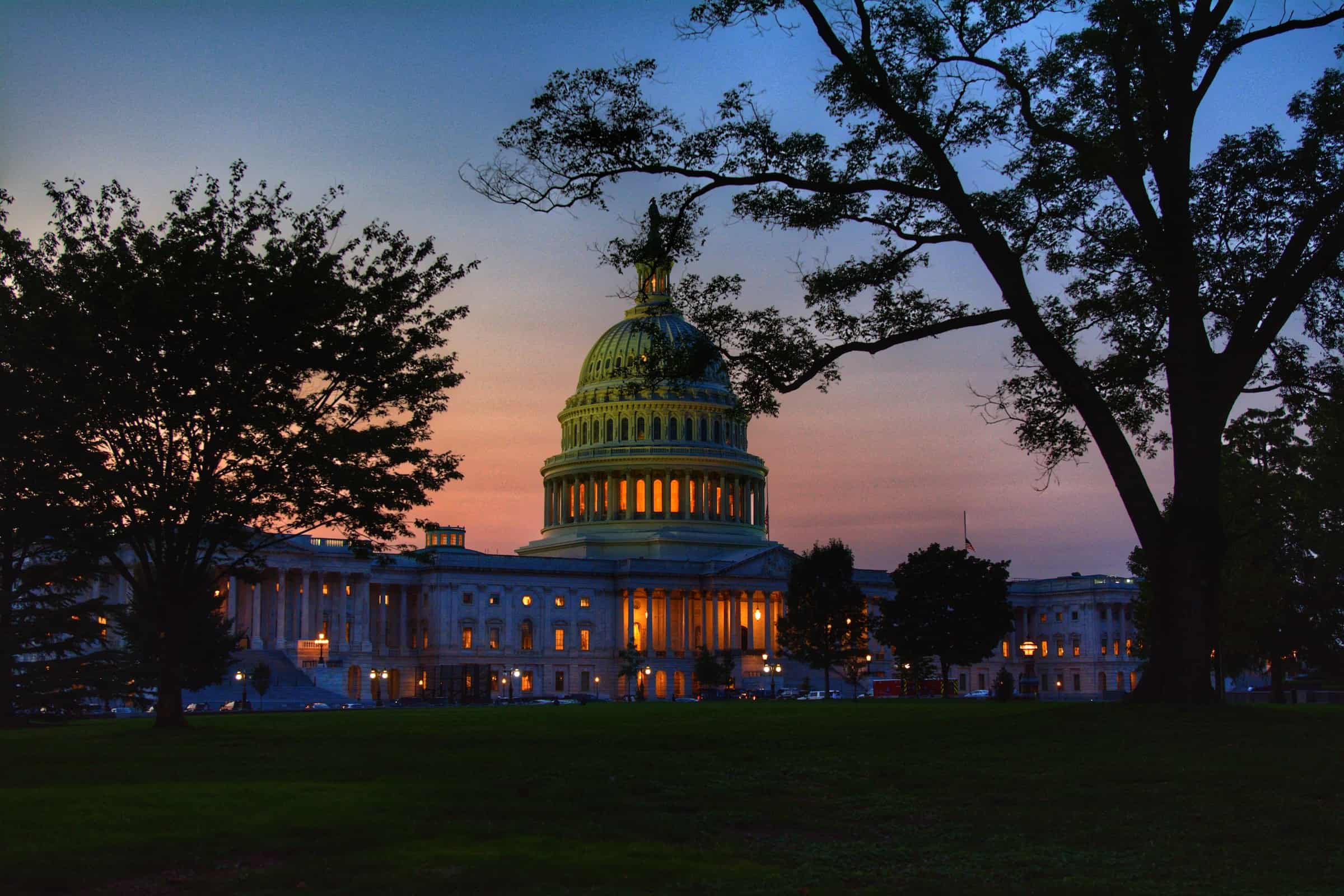In a high-stakes negotiation, the US Congress has reached a critical $1.6 trillion deal to avert a US government shutdown, providing a glimpse into the complex world of budgeting and political maneuvering. Republican House Speaker Mike Johnson disclosed that the massive figure encompasses $886 billion for defense and over $704 billion for non-defense spending. However, as the deal awaits approval from the House of Representatives and Senate, discrepancies over the numbers have surfaced, adding an element of uncertainty to the situation.
The Numbers Game:
While Johnson asserted the agreed-upon non-defense spending amount is $772 billion, Democrats Hakeem Jeffries and Chuck Schumer offered a different perspective in their statement. The Democrats, representing the House Minority Leader and Senate Majority Leader, claimed that the non-defense spending figure is $772 billion. This discrepancy in figures highlights the intricate dance of negotiations within the walls of Congress.
The Deadline Looms:
The clock is ticking as Congress has less than two weeks to finalize funding and prevent the suspension of critical federal services. The urgency is underscored by the looming threat of a government shutdown if an agreement isn’t reached by the January 19 deadline. Lawmakers face the challenge of addressing funding for essential programs, including transportation, housing, and energy, before the deadline expires.
Political Reactions:
Unsurprisingly, the deal has sparked mixed reactions. Johnson acknowledged that the funding amount may not please everyone and doesn’t cut spending as deeply as some would prefer. Republicans, aiming to freeze overall government spending by trimming certain budgets, found the deal lacking. The House Freedom Caucus, a conservative Republican group, went as far as labeling it a “total failure.” On the Democratic side, Jeffries and Schumer expressed satisfaction, stating that the agreement paves the way for Congress to maintain crucial funding priorities and avert a government shutdown.
President Biden weighed in, emphasizing that the deal brings the nation closer to preventing a needless government shutdown and protecting vital national priorities. The political landscape is fraught with tension, reflecting the broader challenges of bipartisan cooperation in a divided Congress.
Ongoing Negotiations:
As lawmakers prepare to resume negotiations after the holiday break, the specter of another shutdown in February looms large. A second round of annual funding, including sectors like defense, expires on February 2, adding another layer of complexity to an already intricate budgetary process.
Past and Future Challenges:
This recent agreement follows a temporary deal in October that narrowly prevented a federal shutdown. Shutdowns typically occur when Congress fails to agree on the essential 30% of federal spending needed before the start of the fiscal year on October 1. The delicate balance is further complicated by the slim Republican majority in the House and Democrats holding the Senate by a single seat. Any funding measure requires bipartisan support.
Notably, the ongoing negotiations also involve a separate bill addressing a critical $50 billion military aid package to Ukraine. Disagreements persist over migration policy at the southern border, emphasizing the broader challenges faced by Congress in addressing multifaceted issues.
Conclusion:
The labyrinth of budget negotiations, political posturing, and looming deadlines underscores the intricate dance that is the US Congress. As lawmakers reconvene to finalize funding, the nation watches closely, hoping that they can navigate the complexities and avert the disruptive spectre of a government shutdown. The challenges ahead highlight the need for bipartisanship and compromise, essential elements in the delicate dance of governance in a divided nation.
